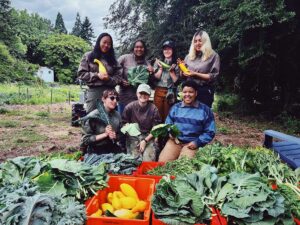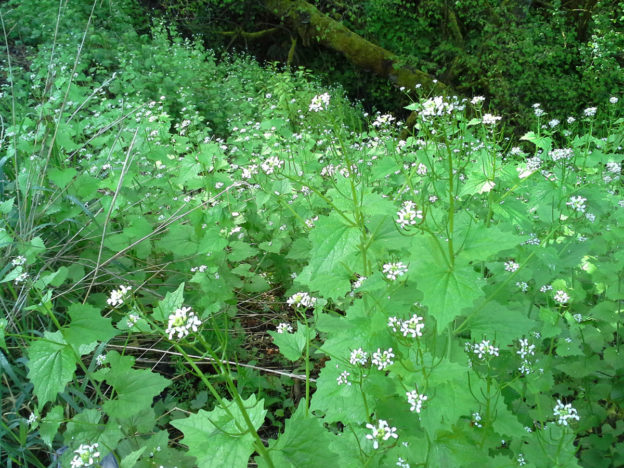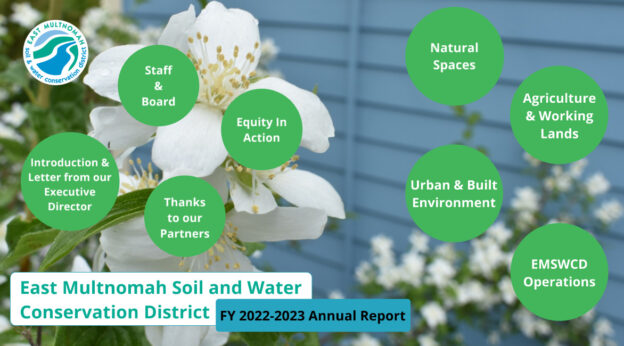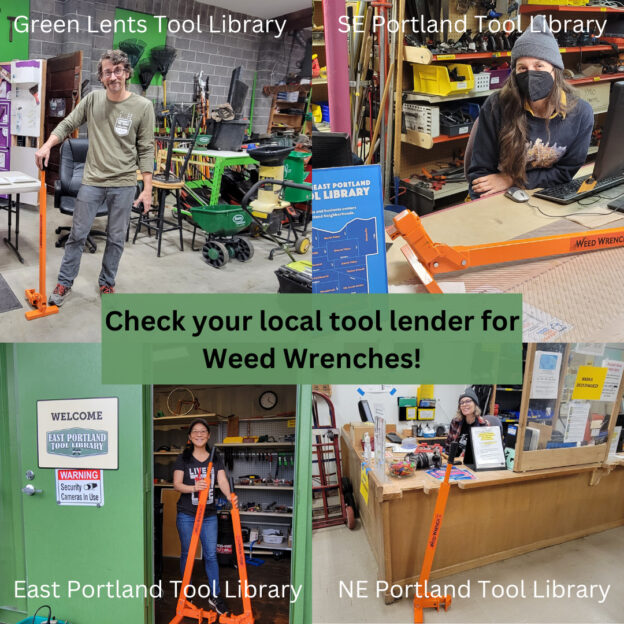Supporting community efforts is the key to meeting our mission. At EMSWCD, we are investing in local efforts that underscore the importance of healthy rivers, outdoor and environmental education, local food production using sustainable practices, and resource access for underserved, lower-income, and/or Black, Indigenous and People of Color communities. Many of these projects also further critical climate action. By providing $1,050,000 million in Partners in Conservation (PIC) grants to non-profits and community-based organizations, EMSWCD is empowering our local communities to self-organize for a brighter future.
- Photo courtesy of 2024 PIC grantee Kindness Farm
In May our Board of Directors approved funding for 26 PIC grant proposals recommended by a community review committee. These grants further agricultural development, bridge economic disparities, provide youth and adult education, and restore our natural resources and environment. Organizations are addressing community disparities and advancing equity by creating benefits for underserved communities through project design, partnerships and organizational practices. See the full list of PIC 2024 grantees here.
This year’s PIC Grant Review Committee reviewed 48 grant applications requesting more than $2.3 million in funding. Outreach for our program is growing, with 12 first-time applicants receiving grants this year with an average grant of $40,000. Learn more about the committee members who helped review and recommend grants here.
Together we’ve invested more than $12 million in 175+ 2024 Partners in Conservation Grantsto organizations that help advance our mission. Find out if your organization might be eligible and find support for your community project. Learn more.
















